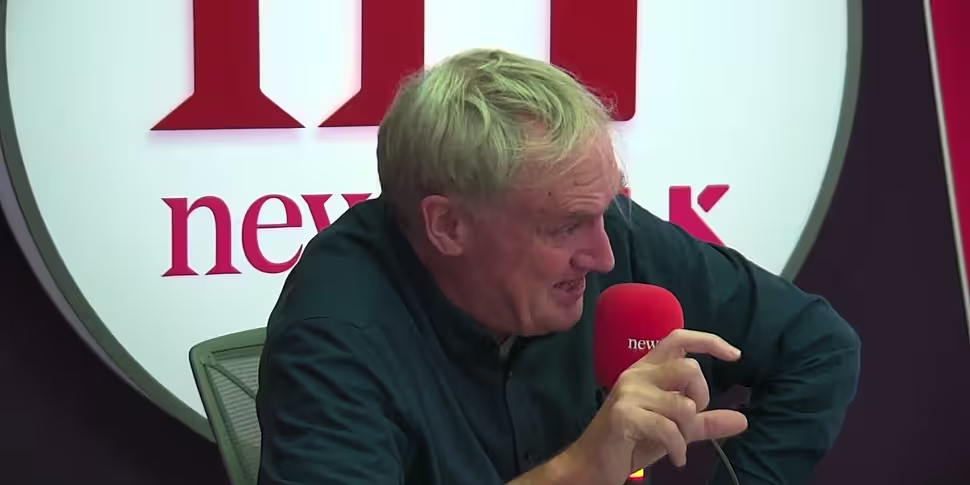Cases of ‘tech neck’ are going “through the roof” due to our obsession with smartphones, according to Professor Luke O’Neill.
‘Tech neck’ is a repetitive strain injury caused by poor posture while using technologies like phones and computers.
Prof O’Neill said patients develop severe muscular problems in their necks from looking down at their phones all the time and because those muscles transmit to the brain, they then suffer bad headaches.
The Trinity professor recently learned that he suffers from tech neck himself and has since been investigating what causes it and what you can do to cure it.
“The incidence of this has gone through the roof in the past four years because guess what? We're all looking at our phones the whole time now,” he told The Pat Kenny Show.
Repetitive strain injury
Prof O’Neill said repetitive strain injury was first described by the father of Occupational Therapy Bernardino Ramazzini over 300 years ago.
He said Ramazzini first reported it in industrial factory workers who were “getting awful cramps and pains” from new forms of repetitive work.
In the years since, it has also been known to affect musicians, athletes and now, smartphone users.
“The head, on average, weighs 4kg, although some of our colleagues might have a bigger head,” he said.
“That's putting 22kg of pressure, when you lean forward, on the upper neck and on the spine and on the vertebrae there.
“That weight, basically and that pressure - 22kg - is putting strain on those muscles and as a result, the muscles get damaged and there we see this pain emerging as a result of that.
“Incredibly, on average, we spend three hours and 15 minutes looking down at our phones, which struck me as an interesting number – what did we do before iPhones would you mind telling me?
“So three hours of that kind of pressure causes the injury and it's every day and then you get this repetitive strain.”
Prof O’Neill said painkillers like paracetamol can work as an anti-inflammatory and help suppress the symptoms but in the longer term, there are four ways to address tech neck.
“In the world of physiotherapy, these physical therapists would recommend various things and it's quite straightforward really,” he said.
“Stare at the ceiling, simply lifting your head for 20 or 30-second periods - they call this looking for cobwebs - maybe two or three times a day.
“That's the first thing you can do, and that gives some relief.
“But the one I like is the levator scapulae stretch. And again, that's a bit of a mouthful but you can look it up on YouTube.
“It's called ‘sniffing your armpit’ is the colloquial name for this.
“So you put your right hand behind your shoulder. With your left hand, you put it over your right ear and push your head - your left ear - onto your left shoulder.
“It sounds a bit contorted but you'll see this on YouTube if you look for this levator scapulae stretch.
“Do that for 30 seconds and then the other side. That really stretches the muscles in the neck and then provides some relief.
“The third one then is, give yourself a double chin.
“So if you push your head back but put two fingers on your chin and push your chin down. So you're trying to resist pushing your head back and again, that stretches the neck muscles very effectively.
"The fourth one is a simple one; it is the shoulder roll.
“So with both shoulders, roll them forward for 10 seconds and back for 10 seconds.”
Prof O’Neill said that if you do those four things five times a week, “that should provide big relief to tech neck and relieve the pain and then relieve the headaches as a result of the strain on the neck muscles”.









